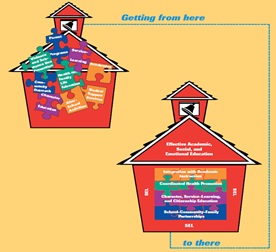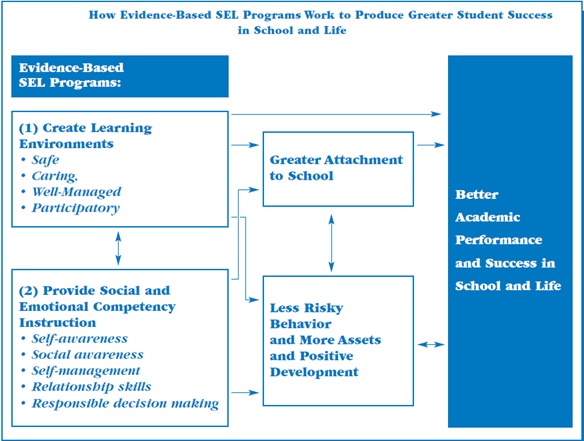No products in the cart.
During adolescence, parents will notice changes in the way their child interacts with family, friends and peers. These changes indicate that the child is forming an independent identity and evolving to be an adult.
Seeking more independence, exploring new experiences, developing an individual set of morals and values, vulnerability to peer influences, risk-taking behaviour, showing strong feelings / emotional ups and downs, getting more self-conscious – more so about their physical appearances – communicating through social media and increased use of gadgets such as smart phones are all part of the adolescence phase.

This phase implies that decision-making skills of the child are still developing and consequences of action are yet to be fully discovered. Whether it is the parents or teachers, managing adolescent children can be a formidable challenge. The extent of the challenge in each country depends on their cultural and social nuances, but one thing emerges loud and clear – that the children need a support-system to help them not only stay on course, but also to positively progress into adulthood.
Let’s take the example of the USA. Risk-taking behaviour has several manifestations, such as aggressiveness, trying out substances such as tobacco, alcohol, drugs etc., and relationship upheavals. Efforts began to find solutions to these problems.
In the late 1960s, James Comer initiated a programme[1] called the “Comer School Development Program.” It was based on his perception that “the contrast between a child’s experiences at home and those in school deeply affects the child’s psychosocial development and that this in turn shapes academic achievement.“
The programme focused on two poor, predominately African American elementary schools in New Haven, Connecticut. They had the worst attendance and the lowest academic achievement in the city. The programme supported the schools to put in place a collaborative management team comprising of parents, teachers, the school principals and a mental health worker. The team focused on academic, social and behavioural problems faced by the students and remedial measures. By the early 1980s, academic performance at the two schools managed to exceed the national average, and attendance and behaviour problems had declined, adding momentum to the nascent SEL (social and emotional learning) movement.
In 1994, as the term “social emotional learning” was making its way into the mainstream lexicon, the organisation CASEL (collaborative for academic, social and emotional learning) was founded by Daniel Goleman (the author of The Emotional Intelligence) and educator/philanthropist Eileen Rockefeller Growald, and it was based at the University of Illinois, Chicago. It had a goal of establishing high-quality, evidence-based social and emotional learning as an essential part of preschool through high school education. Since then, it has grown into one of the prominent players in this space – with its model being implemented widely in the USA and many other countries across the world.
CASEL competencies comprise five interrelated clusters of cognitive, affective and behavioural skills. The competencies and their constituents are as follows:
- Self-Awareness
- Identifying and recognising emotions
- Accurate self-perception
- Recognising strengths, needs, and values
- Self-efficacy
- Spirituality
- Self-Management
- Impulse-control and stress management
- Self-motivation and discipline
- Goal-setting and organisational skills
- Social Awareness
- Perspective taking
- Empathy
- Appreciating diversity
- Respect for others
- Relationship Skills
- Communication, social engagement, and building relationships
- Working cooperatively
- Negotiation, refusal, and conflict management
- Help-seeking and providing
- Responsible Decision Making
- Problem identification and situation analysis
- Problem solving
- Evaluation and reflection
- Personal, moral, and ethical responsibility
CASEL’s evidence-based research[2] has established that students with social skills and emotional awareness do better both socially and academically. They become attached to school and motivated to engage in their studies, work well with other children and demonstrate good citizenship, and handle both stresses and daily responsibilities more effectively.
The chart[3] below narrates the process:

Takeaways from CASEL:
Around the world, substantial efforts have already gone into the SEL concept, large-scale implementations have been initiated and progressing, evidence-backed outcomes already pointing to the fact that academic achievements are near impossible without sound/solid social and emotional ingraining. In the countries where SEL is yet to gain traction, they have to leverage progresses elsewhere and propel education to the next level to ensure that our demographic dividend plays out positively.
Notwithstanding the fact that CBSE has a detailed life skills curriculum covering classes VI to XII with text books and teacher manuals, implementation has not yet gained traction, outcomes not measured and evidence-backed research has not yet gained momentum. Schools have an opportunity to implement pragmatic, and result-oriented social and emotional learning programmes and ensure a holistic development of the child, well prepared for the future.
[1] https://www.edutopia.org/social-emotional-learning-history
[2] http://selted.weebly.com/uploads/1/8/6/4/18649540/zins_et_al._2004.pdf
[3] http://indiana.edu/~pbisin/pdf/Safe_and_Sound.pdf
- ThinkTac acknowledges concepts, images, etc. belonging to CASEL and/or their respective copyright owners and have reproduced it in this blog for representational purposes only
